
Introduction:
Are you new to the tech industry or the field of development? Selecting the right programming language for development can be a daunting task. There are numerous languages supporting various programming styles, each with its own set of risks. The list of top web development frameworks continues to expand, with new languages emerging every year, while some become outdated and overshadowed by more in-demand ones.
Web development frameworks play a crucial role in the tech industry, where skilled web developers are highly sought after. With the constant emergence of new programming languages and frameworks, it’s easy to feel confused about which language to learn to succeed as a web developer today. In this ever-changing landscape, it’s essential to stay informed about the popular and in-demand web development frameworks for the upcoming years.
Web Application Development Languages
Choosing the right language to learn can be challenging for beginners in software development. There’s a wide array of languages supporting various programming styles, each with its complexities. As the list continues to grow with new languages being introduced annually, some older ones become outdated, overshadowed by more popular choices.
Web development frameworks combine frontend and backend languages used by developers to create functional websites or web applications. Web development is a vital aspect of the tech industry, with a high demand for skilled web developers. Since its inception in the 1990s, the field has evolved significantly, with modern web design becoming more sophisticated, engaging, and valuable to a global audience. Today, dynamic and interactive websites have replaced static ones, and having a strong online presence is essential for businesses of all sizes to thrive. Here, we’ll explore some of the most popular web development frameworks that aspiring web developers can learn to succeed in the field.
Types of languages for web development
Top Backend Web Development Languages
-
JavaScript
JavaScript is a widely used frontend language for designing interactive and user-friendly applications. It has evolved into a high-level, dynamic language supporting multiple paradigms. JavaScript dominates the web development field, offering event-driven programming through platforms like Node.js, suitable for handling heavy I/O processes. It’s versatile, running on various platforms including mobile devices and servers.
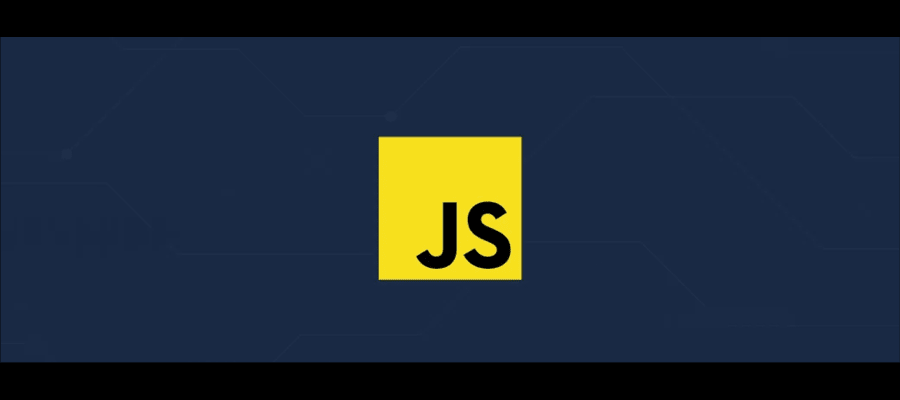
-
PHP
PHP remains one of the most useful languages for web development despite facing competition from JavaScript and Python. It’s a dynamic, generic language used for server-side application development, known for its productivity and compatibility across different operating systems. Major applications like Facebook are built using PHP, highlighting its significance in the web industry.
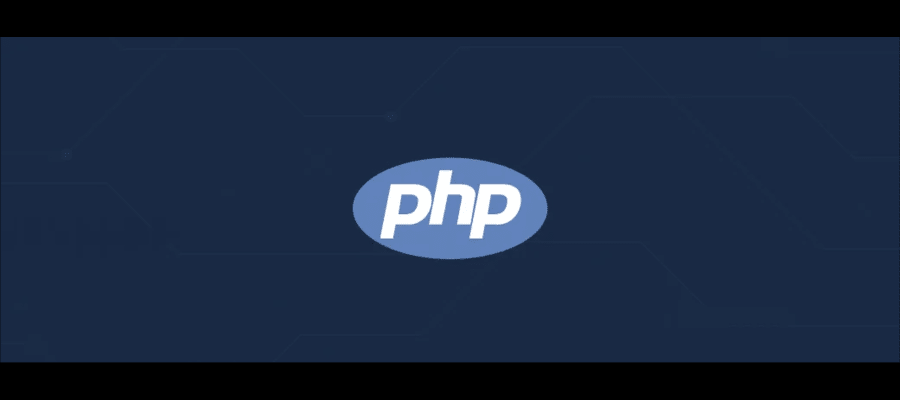
-
Java
Java is a versatile object-oriented programming language utilized for Android, desktop, and web application development. Its platform-independent nature and multi-purpose functionality have made it a popular choice for businesses over the years. Java offers high productivity and a moderate learning curve, with backward compatibility ensuring its continued relevance in business applications.
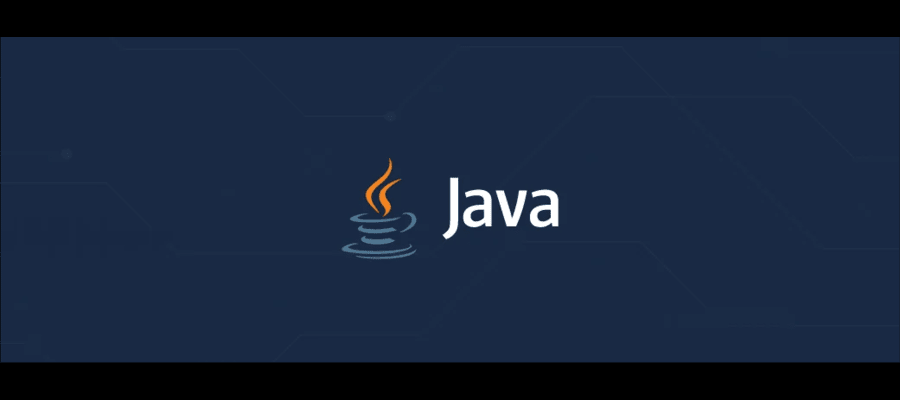
-
TypeScript
TypeScript, an extension of JavaScript, was introduced by Microsoft to enhance tooling and detect JavaScript bugs. Its popularity has surged, thanks to its ability to detect errors before runtime and improve code maintainability, making it a valuable tool for developers working with JavaScript frameworks.
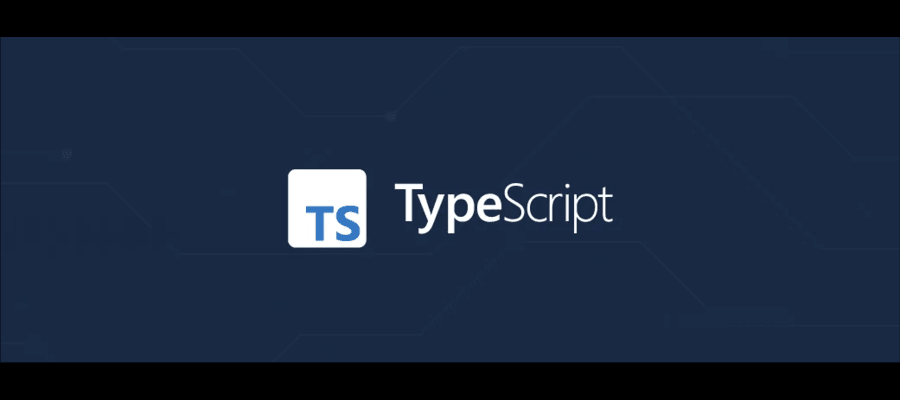
Top Frontend Web Development Languages
-
React
React, developed by Facebook, allows professionals to build fast, dynamic user interfaces. It enables seamless component-based development, enhancing user experience and loyalty. React’s virtual DOM and one-way data binding contribute to the development of scalable applications with consistent code.

-
Angular
Angular, an updated version of AngularJS by Google, offers solutions for complex front-end development tasks. Despite a steeper learning curve compared to React, Angular provides robust functionality and tools like Angular CLI for efficient development. Its MVC architecture and HTML-based UI development simplify the creation of dynamic and interactive interfaces.
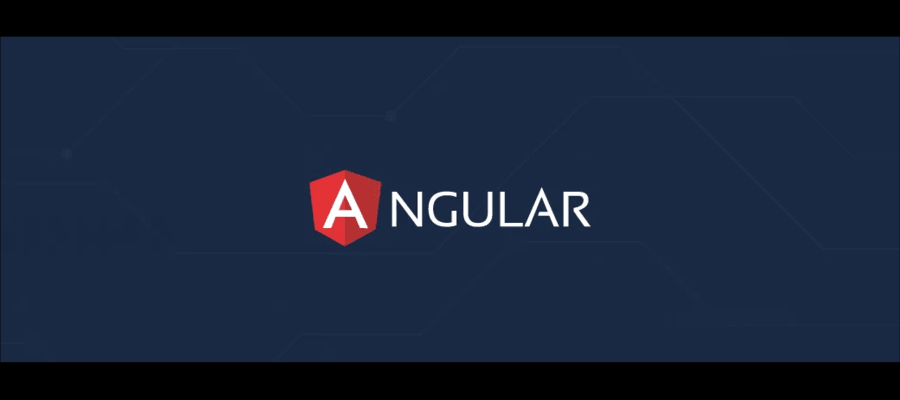
-
NextJS
Next.js extends React features for full-stack web development, with server-side rendering capabilities. Its versatility and integration with powerful JavaScript tooling make it a preferred choice for building fast and scalable web applications.
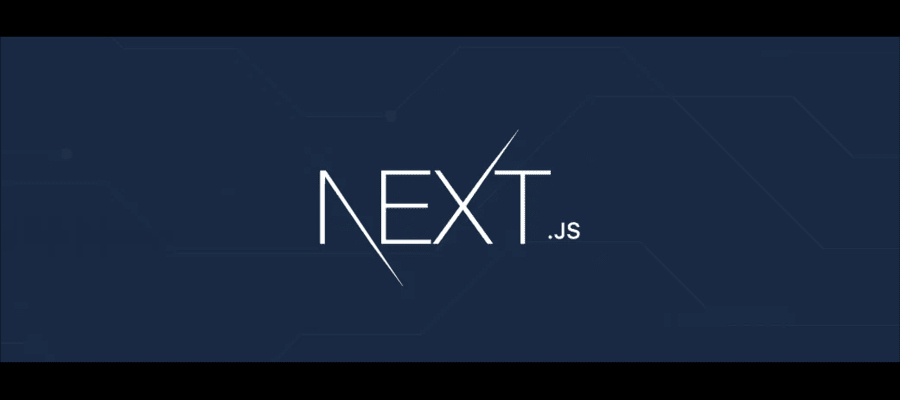
-
Vue JS
Vue JS is an open-source frontend development language known for its simplicity and adaptability. It offers fast solutions for building well-structured web applications, with features like virtual DOM and data binding enhancing development efficiency.

Conclusion:
Choosing the right web development framework is crucial for building modern web applications. In 2024, top languages to consider include Java, Python, PHP, C#, Angular, Vue JS, JavaScript, and React, each offering unique features and use cases. It’s essential to make an informed decision based on your project requirements and preferences. Stay updated on the latest trends to ensure the success of your web applications in the ever-evolving tech landscape.
If you’re seeking a reliable web app development company, consider ChetsApp in Fellbach, an industry-leading firm with expertise in the latest programming languages and tools.

